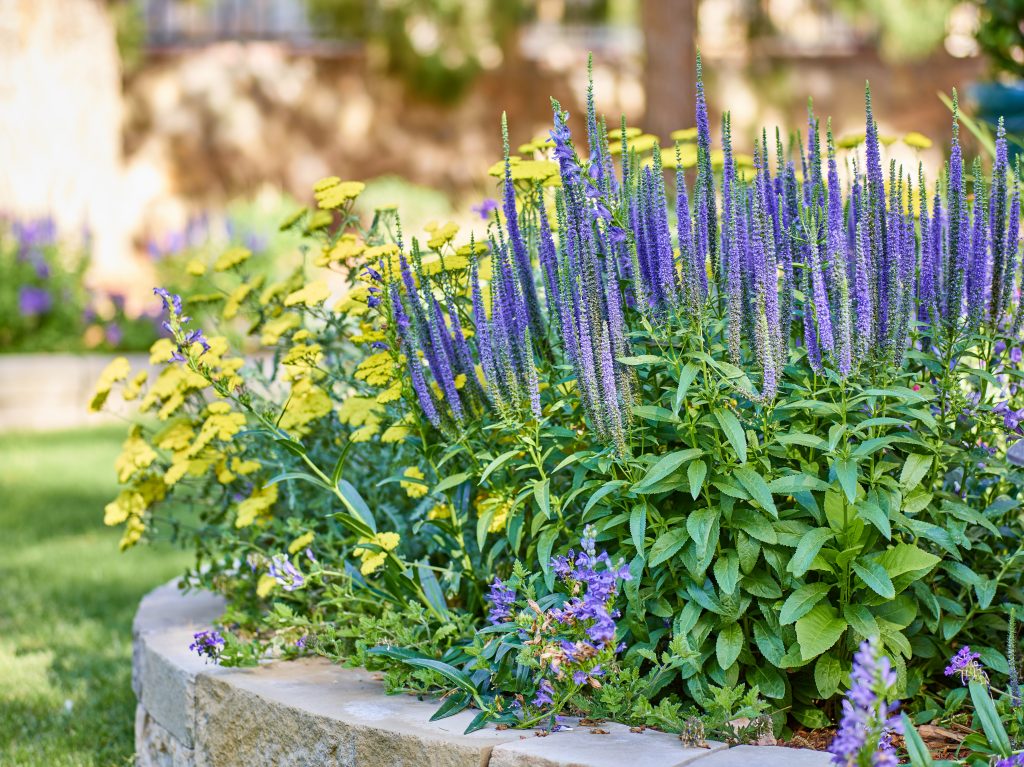A lush and full blooming garden is the ultimate goal for plant lovers and gardeners alike. Most gardeners know that one of the best things you can do for your plants to keep them looking good is deadheading. If you’re new to gardening or even just new to plant care and you’re still wondering what exactly deadheading is, you’re in the right place.
WHAT IS DEADHEADING AND WHY SHOULD I DO IT?
Deadheading is the act of removing spent areas of the plant in order to keep a neat appearance and to encourage further blooming. Spent, as used in the definition refers to any dead and faded parts of the plant whether it be a flower head, leaf, or stem. Doing this also controls the spreading of seeds and lets the plant continue to grow thicker and fuller than it was before.
HOW DO I DEADHEAD A PLANT?
If deadheading is performed regularly, it isn’t as time consuming or as overwhelming as you might imagine it to be. Truthfully, it will end up being equal to the act of walking around the house while you talk on the phone. Deadheading isn’t as complicated as it sounds either. Once you start to notice dried out and faded bits you can get to it. The removal of dead flower heads, leaves, or stems can be done one of two ways, by hand (pinching) or by using snips/pruners of your choice. If you’re using the pinching method this will work for certain buds, you’ll notice that these come off very easily. However, snipping with garden scissors or a pruning tool will minimize plant damage (because accidents do happen), give you a cleaner cut, and allow you to be more detailed with your deadheading. When dealing with individual stems clip just above (or about a ¼ of an inch above) the first leaf you find below the flower head and always check for new blooms before you cut. When dealing with stems that have more than one bloom more than half of the blooms should be faded before deadheading. After giving your plants a little trim always be sure to tidy up and voila, you’re done!
DOS AND DON’TS OF DEADHEADING
- Do stop deadheading in the colder months. Throughout the growing season deadheading should be done, but once fall and winter roll around it is no longer necessary. This is part of the natural course of plant life AND plants are also food sources for different little critters in your area, leave them available for natures grabs.
- Don’t deadhead just any and every plant you have. Research beforehand is always a good practice to have. Not every plant requires deadheading and can even cause damage to the plant rather than help it. Search before you snip!
- Do check on your garden regularly, overtime you’ll learn the habits of your plants, how quickly they start to fade and in turn when they need tending to. Some plants may require regular deadheading such as roses, zinnias, and marigolds. Others can last up to a couple of weeks without tending.

